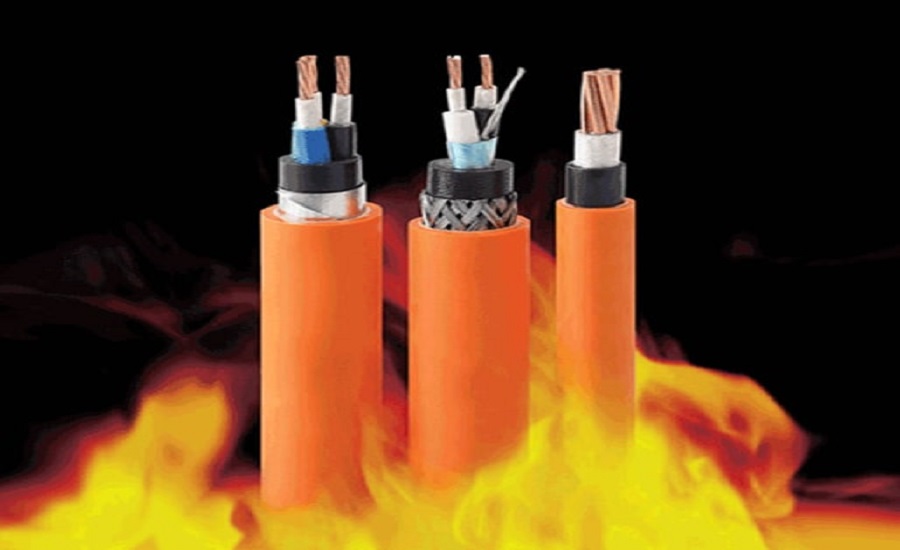The global flame retardants market is poised for significant growth through 2032, driven by the increasing demand for fire safety across a wide range of industries. These chemical compounds, designed to slow or prevent the spread of fire, are widely used in sectors such as construction, electronics, automotive, textiles, and aerospace. With growing concerns around fire hazards and stricter safety regulations, the market is undergoing a transformation, both in terms of volume and technological innovation.
Get a Free Sample Report – https://www.skyquestt.com/sample-request/flame-retardants-market
By 2032, the flame retardants market is expected to witness robust expansion, supported by urbanization, infrastructure development, and heightened fire safety awareness. The demand for flame-retardant materials in building insulation, wiring, and electronic devices has grown substantially, especially in regions undergoing rapid industrialization.
The market size was valued at USD 8,395.2 Million in 2024 to USD 12,670.6 Million by 2032, growing at a CAGR of 5.2% during the forecast period (2025-2032), with Asia-Pacific emerging as a dominant regional force. North America and Europe continue to adopt more environmentally friendly retardants, while countries like China and India are driving mass-scale manufacturing adoption.
Key Market Segments
- By Product Type:
Halogenated Flame Retardants: Once widely used due to their effectiveness and cost-efficiency, these are declining in popularity due to environmental and health concerns.
Non-Halogenated Flame Retardants: These are gaining market traction as sustainable alternatives. Types include aluminum hydroxide, phosphorus-based compounds, and nitrogen-based flame retardants.
- By Application:
Construction & Building: Flame retardants are crucial for meeting fire safety codes in insulation, roofing, and electrical installations.
Electronics & Electrical: Used in printed circuit boards, casings, and cables, where fire safety is critical.
Automotive & Transportation: Integrated into interiors, engine components, and wiring systems to enhance passenger safety.
Textiles: Applied to upholstery, drapes, and industrial fabrics, especially in public spaces.
Make an Inquiry to Address your Specific Business Needs – https://www.skyquestt.com/speak-with-analyst/flame-retardants-market
Regional Analysis
Asia-Pacific: Dominates the market due to manufacturing intensity, population growth, and infrastructure development.
North America: Focuses on sustainable and advanced flame retardants, particularly in the construction and electronics sectors.
Europe: Leads in regulatory enforcement and environmental compliance, driving the transition to eco-friendly solutions.
Market Drivers
Stringent Fire Safety Regulations: Government mandates in developed countries have pushed manufacturers to incorporate flame retardants into a wide variety of materials.
Rising Urbanization: As more high-rise buildings and infrastructure projects emerge, the need for fire-resistant construction materials intensifies.
Growth in Consumer Electronics: The surge in global demand for smartphones, laptops, and appliances increases the need for safe, flame-retardant electronic components.
Public Awareness: Greater consumer consciousness about fire risks is influencing purchasing decisions in favor of flame-retardant materials.
Take Action Now: Secure Your Flame Retardants Market Today – https://www.skyquestt.com/add-to-cart-buy-now/flame-retardants-market
Top Players in Flame Retardants Market
- Albemarle Corporation
- Clariant AG
- LANXESS AG
- BASF SE
- ICL Group Ltd.
- Nabaltec AG
- Huber Engineered Materials
- ADEKA Corporation
- Italmatch Chemicals S.p.A.
- Avient Corporation
- DSM-firmenich
- FRX Innovations
- DuPont
- THOR Group
- Lubrizol Corporation
Challenges
Environmental and Health Concerns: Some flame retardants have come under scrutiny for their potential toxicity and persistence in the environment, leading to regulatory restrictions and bans.
Cost and Performance Trade-offs: Non-halogenated flame retardants, while safer, can be more expensive and may require higher loadings to achieve similar performance.
Innovation Pressure: Manufacturers are under increasing pressure to develop next-generation flame retardants that are both effective and environmentally responsible.
Future Outlook
The flame retardants market is expected to experience healthy growth through 2032, characterized by a shift toward greener, more efficient products. Companies investing in R\&D and sustainable chemistry will likely secure a competitive edge. Emerging economies will play a crucial role in volume growth, while developed nations will continue to shape innovation and regulatory trends.
Read Flame Retardants Market Report Today – https://www.skyquestt.com/report/flame-retardants-market
The flame retardants market is evolving rapidly, propelled by safety demands, environmental imperatives, and technological advancement. With continued industrial growth and rising global safety standards, the market is set to remain a vital component of modern material engineering well into the next decade.
